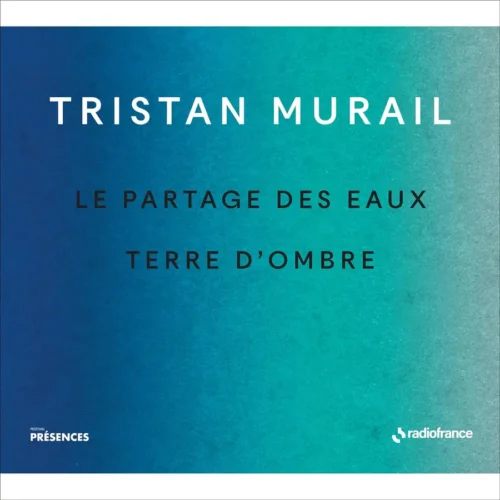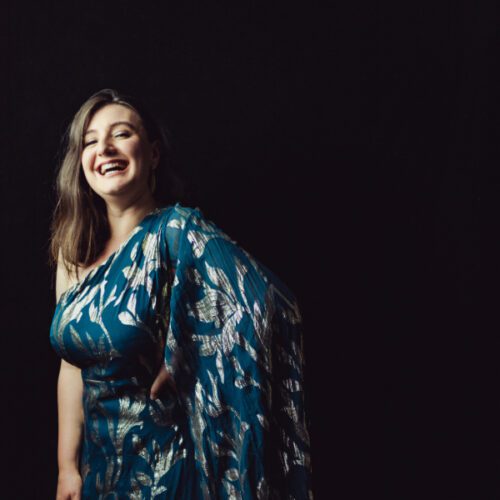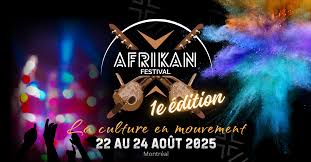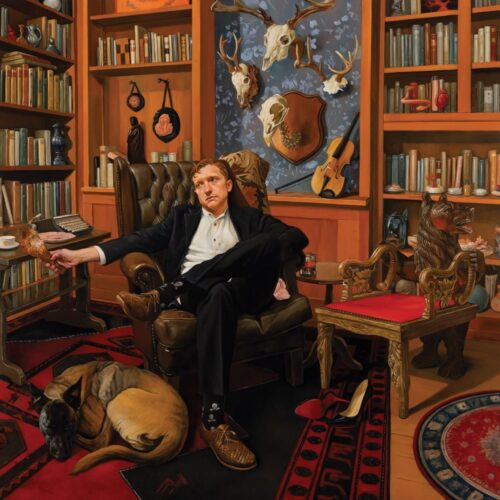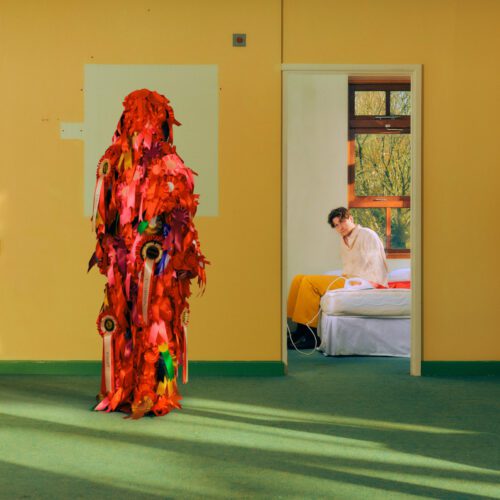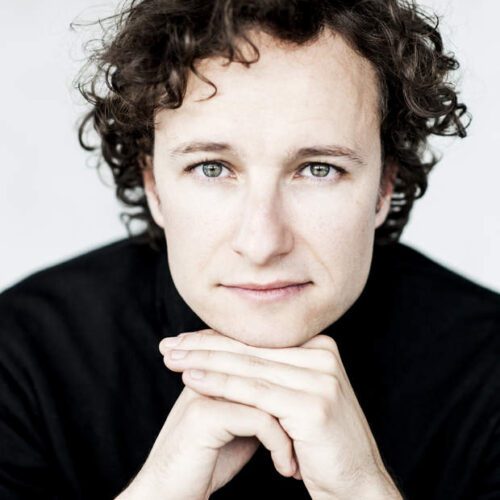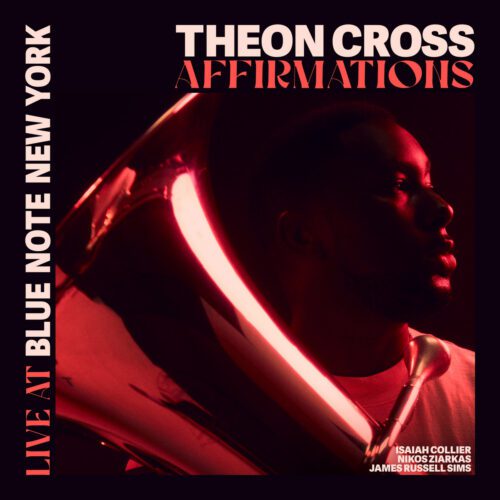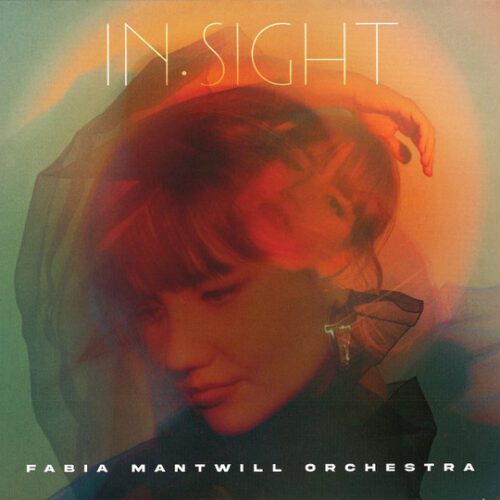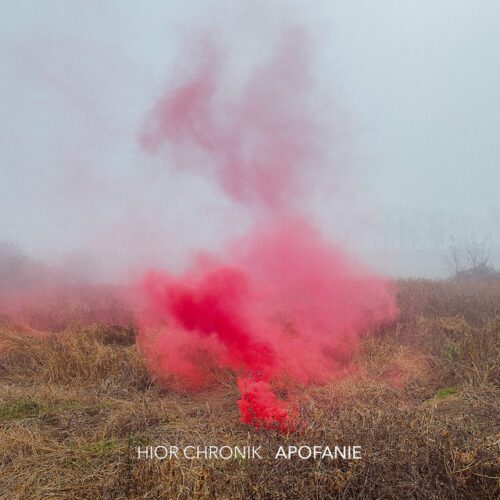If there’s one piece of music from the art music avant-garde of the 20th century that has aged very well, it’s that of the spectral school, championed by Tristan Murail among others. The shimmering landscapes of these scores, generally coupled with suggestive ideas that are easy to visualise, manage to make the atonal music go down more easily, admittedly, but often hypnotising thanks to its strange beauty. One of the principles of spectral music is to create sounds inspired by strong images or natural references, then to manipulate them through a harmonic and timbral kaleidoscope. The result is intoxicating portraits, filled with a strange, resplendent magic.
Le partage des eaux (Parting the Waters), which has nothing to do with the Bible legend of Moses crossing the Red Sea, premiered in 1997 under the baton of Marek Janowski and is performed here by the Orchestre National de France conducted by Alexandre Bloch, live at Radio-France Festival Présences in 2022. I’ll let Murail describe his work better than I can:
The sounds analysed in Le Partage des eaux are derived from natural phenomena: a wave breaking gently on the shore, the effect of a backwash. They inspire the piece’s shapes and sounds, sometimes by using data analysis directly, sometimes more metaphorically. One musical object, heard often in various forms throughout the score, comes thus from the spectral analysis of a breaking wave. This object is manipulated, transformed, expanded or compressed in many ways. It contains strangely coloured and strangely coherent harmonic-timbres. In slow motion, it becomes a sluggish somewhat obsessional melodic-harmonic element that while defining the piece, is often interrupted by other musical structures.
- Tristan Murail
As for Terre d’ombre (Shadow Land), recorded in 2006 by Péter Eötvös and the Orchestre Philharmonique de Radio France, shortly after its premiere at the MaerzMusik Festival in 2004, Murail turns it into an even more “spectral”, even ghostly adventure, thanks to the insertion of electronic sounds in the orchestra. Murail’s touch remains intact: the music constantly vibrates, from the delicate shudder to the almost blinding tutti of clarity and timbral luminosity. A visceral energy seems to be constantly moving under the skin of an elastic orchestra.
If you can imagine a fusion of Debussy, Messiaen, Dutilleux and Boulez, you start to get an idea of what you’re in for when you turn on this album.
The two French orchestras are masters of this universe. Each sparkle is perfectly set within the abundant framework of the whole and, above all, perfectly clear. Great musical magic.
